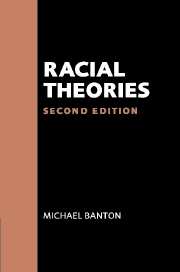Preface
Published online by Cambridge University Press: 09 November 2009
Summary
In the ten years since the first edition of this book was prepared, bio-medical scientists have recorded astonishing advances in knowledge about the processes of inheritance and the means by which they may be manipulated. During the same period, ethnic conflicts in different world regions have often dictated the headlines in the mass media. The research of social scientists has influenced the ways in which these conflicts have been presented, and has educated the public about the nature of the social changes associated with population differences, but it is difficult to discern any significant theoretical advance during this decade in the understanding of the processes of ethnic and racial alignment. While social scientists dispute among themselves about the kind of theory they should seek (and indeed, about what kinds of theory are possible), most of them recognise that one of their tasks is to find a vocabulary for representing inter-group relations that avoids the misconceptions implicit in nineteenth-century ideas of race and racial relations. This second edition seeks to demonstrate more clearly than its predecessor that its subject matter is not only the older theories but also the contemporary struggle to supersede them. So a title such as Racial Theories and their Successors might more accurately have described its content.
One reviewer complained that the first edition, after discussing Race as Class, came to a surprising halt. The author's ideas about the way ahead were to be found not in the conclusion but in the penultimate chapter.
- Type
- Chapter
- Information
- Racial Theories , pp. ix - xPublisher: Cambridge University PressPrint publication year: 1998

